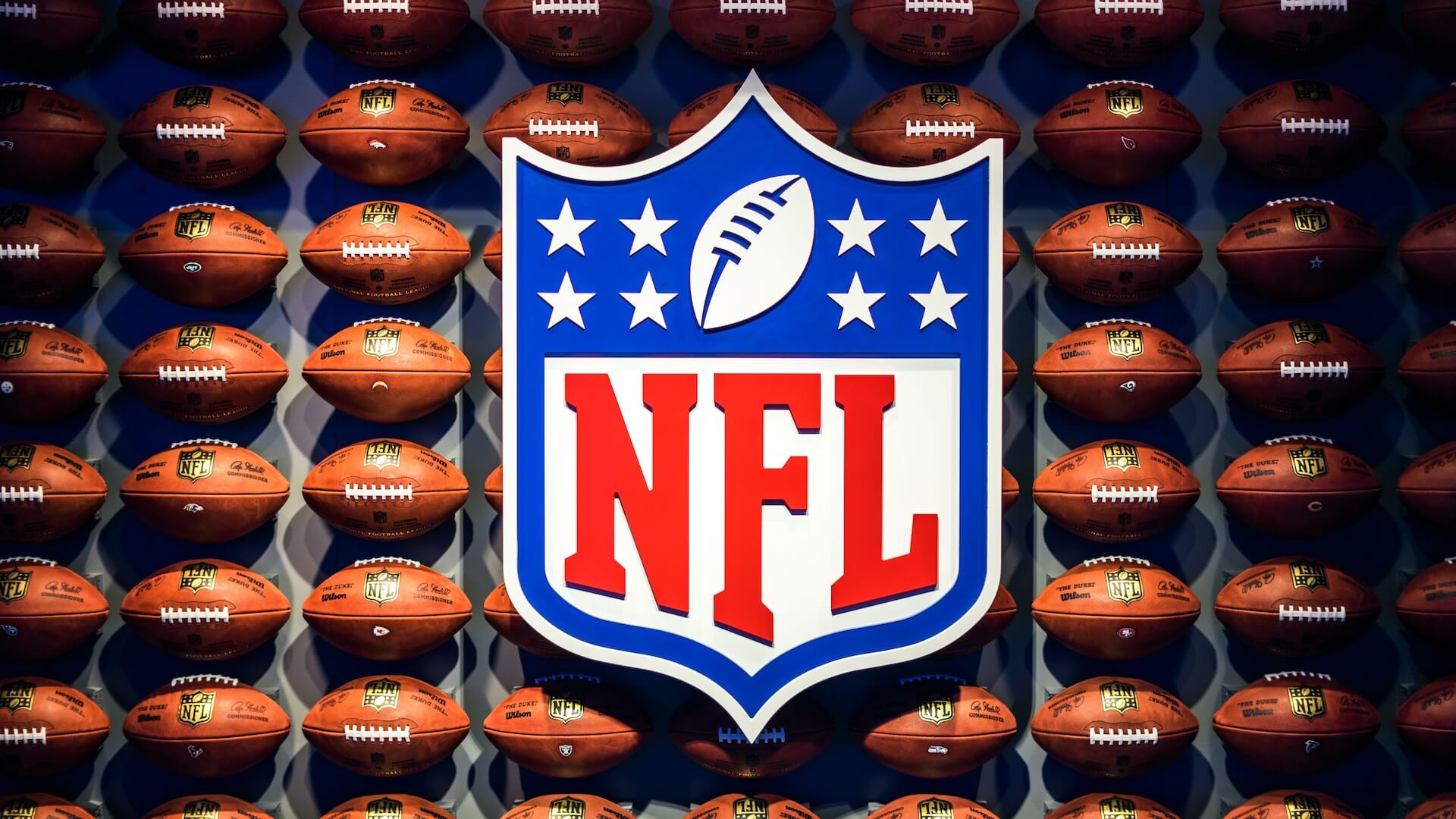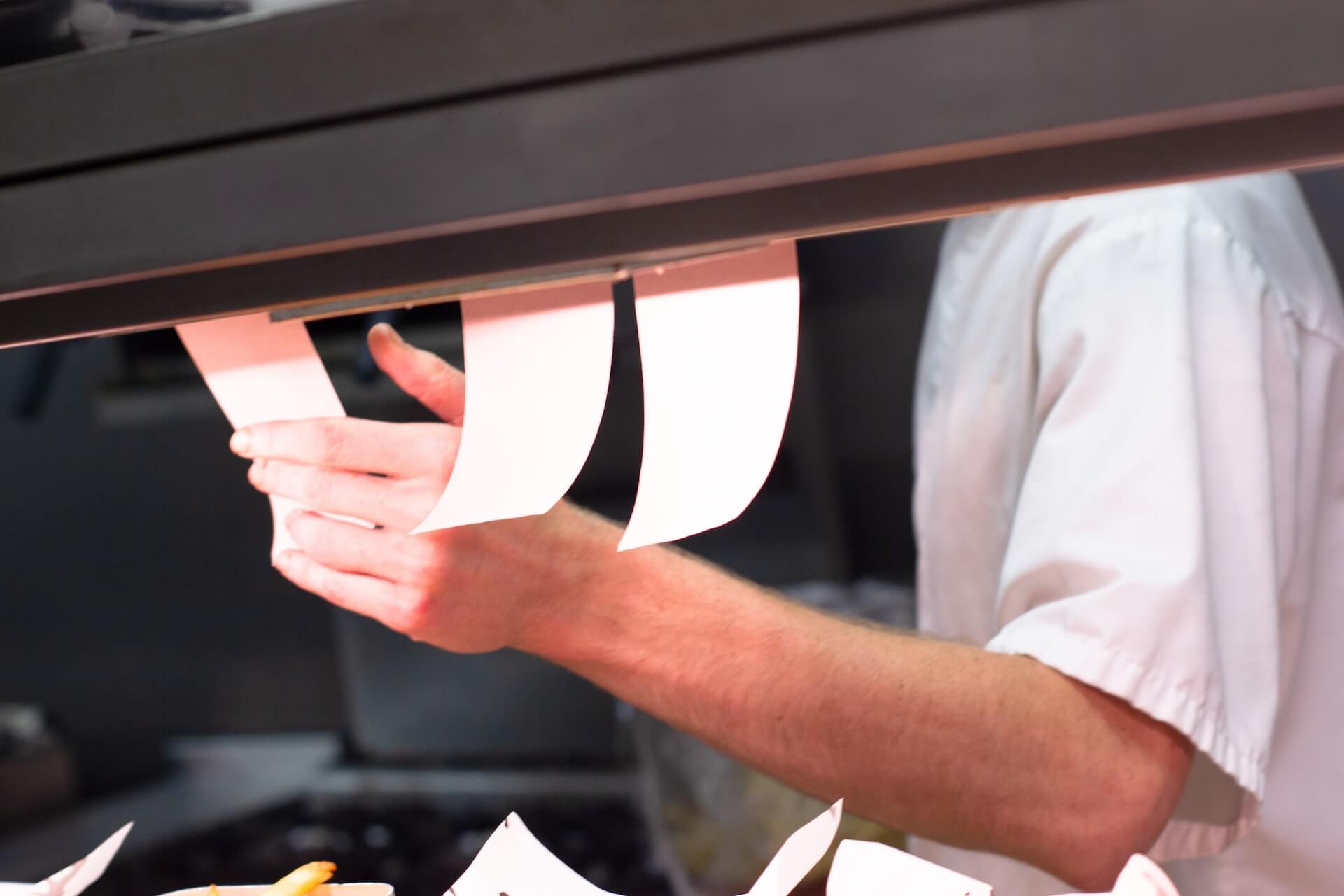Interest in Sports Betting and Fantasy Sports Grows
by David Klemt

A recent CGA by NIQ On Premise Impact Report for August, 2023 reveals an interesting insight into consumer behavior and expectations.
To be clear, all the data on this new one-pager is useful. However, a particular revelation stands out from the rest, for me.
The CGA by NIQ US On Premise Impact Report for August 24, 2023 addresses:
- total on-premise sales;
- dining versus drinking occasions;
- cost of living impact in the past month; and
- consumer interest in fantasy sports and sports betting.
It’s that final bullet point that I find compelling. However, let’s check out the numbers for the first three points before we jump into sports.
To download your own copy, please click here.
August by the Numbers
In comparison to August 20, 2022, check value is up one percent to $50.09. Ticket count, however, is down one percent to 1,569.
As one would expect, dining occasions outweigh drinking occasions. Seventy percent of consumers have dined out in a restaurant or bar in the past two weeks.
Compared to July 2o23, that’s a two-percent increase in dining traffic.
Over the course of the same amount of time, 40 percent of consumers have gone drinking in a bar or restaurant. That’s a decrease of one percent in comparison to July 2023.
Considering that many families travel in the month of August before kids head back to school (or to drop them off at university), these numbers make sense.
Of course, cost of living may also be impacting dining and drinking occasion. Most consumers report no changes to the frequency with which they go out for drinks. Some consumers even report going out more frequently for drinks. But some are also cutting back.
For example, 28 percent of consumers have decreased how often they go out for drinks. Eleven percent are consuming lower quality drinks when they do go out, and nine percent are decreasing the “quality” of the establishments they visit.
That said, 20 percent of consumers are increasing drink quality and 21 percent are increasing establishment quality per visit. Seventeen percent are increasing how often they go out for drinks.
Fantasy Sports & Betting
This, as you may have guessed, is the statistic that I find most compelling.
Fantasy sports and sports betting has been on the rise for some time in the US. Who among us isn’t the target of sports-betting-app ads when streaming or watching sports?
Sports bar operators and operators who can position themselves as sports fans’ “third spot” will find this next number interesting.
According to CGA by NIQ’s latest report, 63 percent of consumers revealed they had plans for NFL week one. Those plans included participating in daily fantasy sports or sports betting.
So, it would be wise for operators who will air NFL games this season to ensure they’re catering to fantasy football and sports betting fans. Becoming the hub for fantasy sports groups in your area can increase traffic, sales, and loyalty. And, of course, it opens up the door to many traffic- and revenue-generating sport- and team-themed LTOs.
Again, to download this new report for yourself, please click here.
Image: Adrian Curiel on Unsplash


